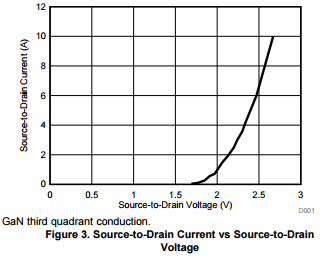I appreciate any help, as I am an undergraduate student working on a senior design (capstone) project and need a little bit of guidance. The project is the input power conversion system for a high frequency resonant wireless charger to be used to deliver 40-50 W to a standard 12 V U1 lead acid battery on a wheelchair to make charging easier for disabled individuals.
I have a TI Piccolo that I would like to use to drive an H-bridge inverter (consisting of 2 LMG5200s). I've used the LMG5200EVM-01A eval board (http://www.ti.com/lit/ug/snvu461/snvu461.pdf) as a reference in my PCB. There is a full-bridge rectifier in the circuit as well, that I intend on connecting to a 30 V 60 Hz AC input to produce a smooth DC signal for my Vin to the LMG5200.
In any event, I need to drive the gates for the GaN MOSFETs inside of the LMG5200 with the TI Piccolo that I have. I have ommitted the circuit below from my design and was planning on connecting the PWM inputs from the Arduino directly to the HI and LO pins on the LMG5200. However, I'm not positive about this and want to confirm before I print out the PCB that the connections are correct. How exactly should I connect the TI Piccolo to the LMG5200 in order to successfully drive it?
Side question:
Since my load is very inductive (essentially a large coil of Litz wire with inductance of >150 uH), I want to ensure the GaN MOSFETs inside of the LMG5200 have a decent reverse current capability. I would prefer not to fry the LMG5200 during deadtime! If this could be confirmed, I would appreciate it.


